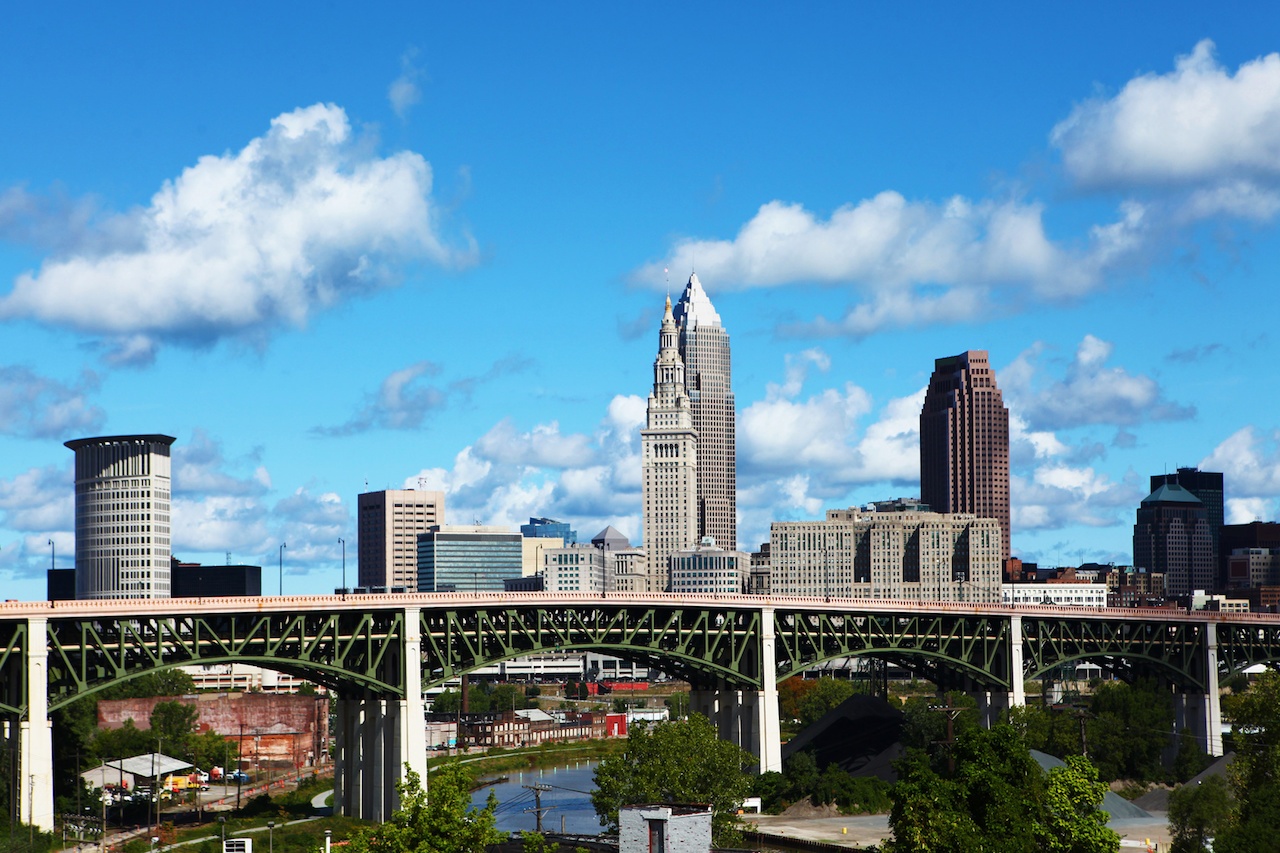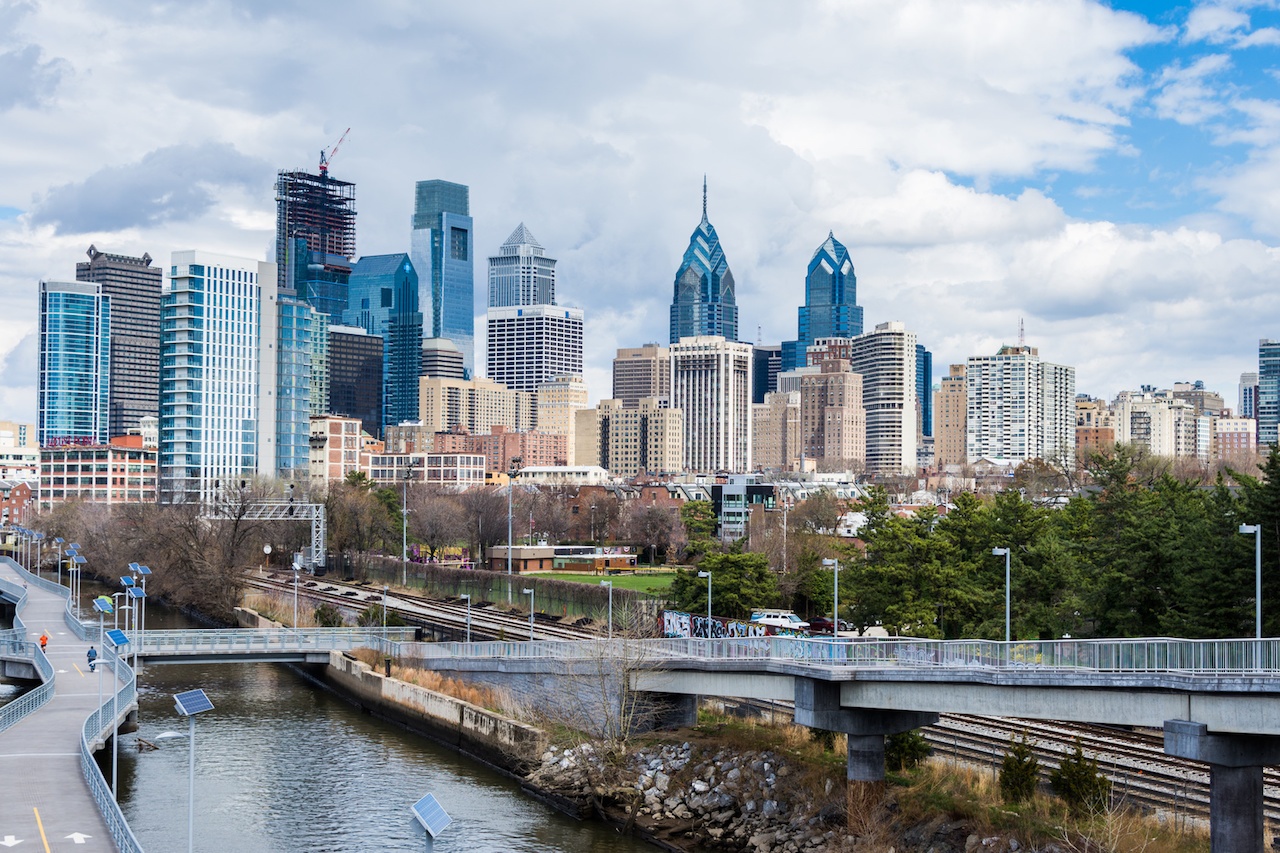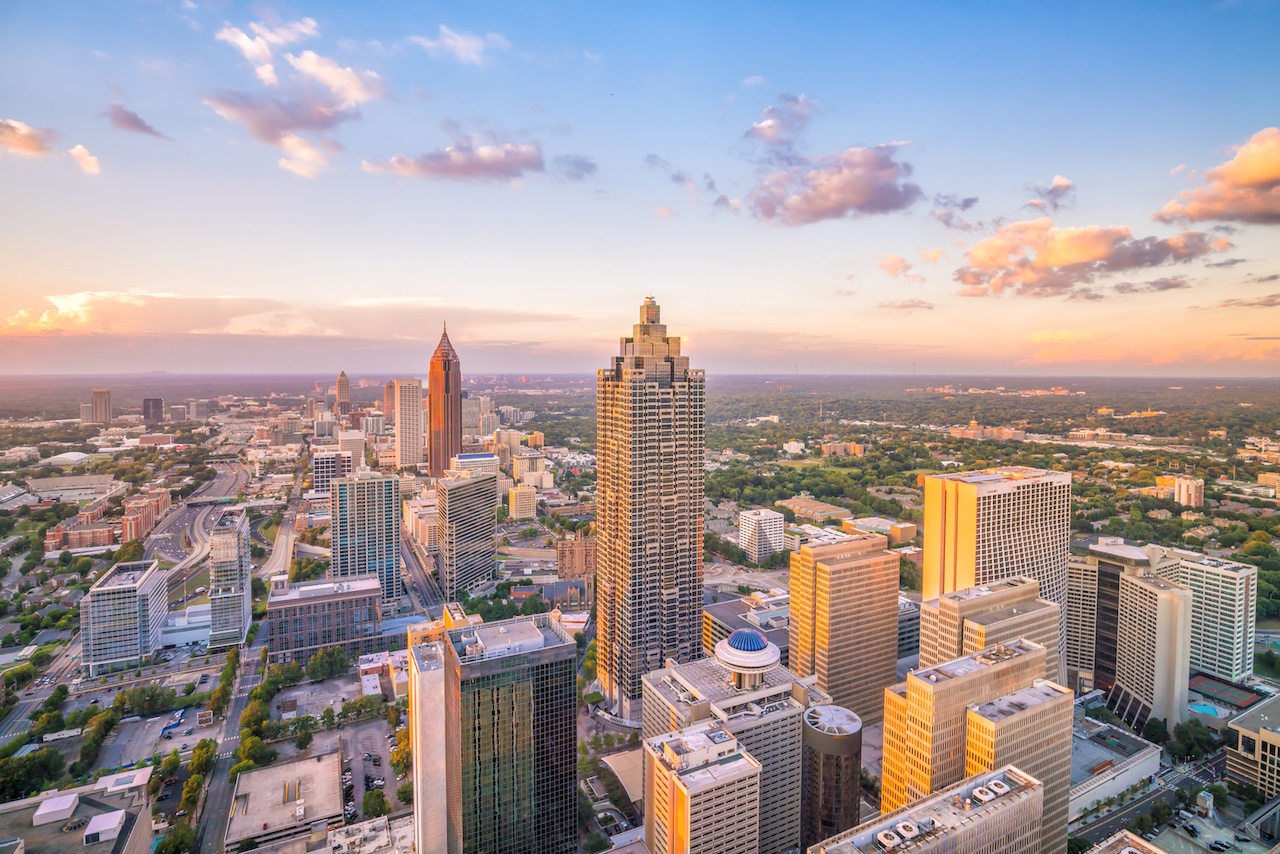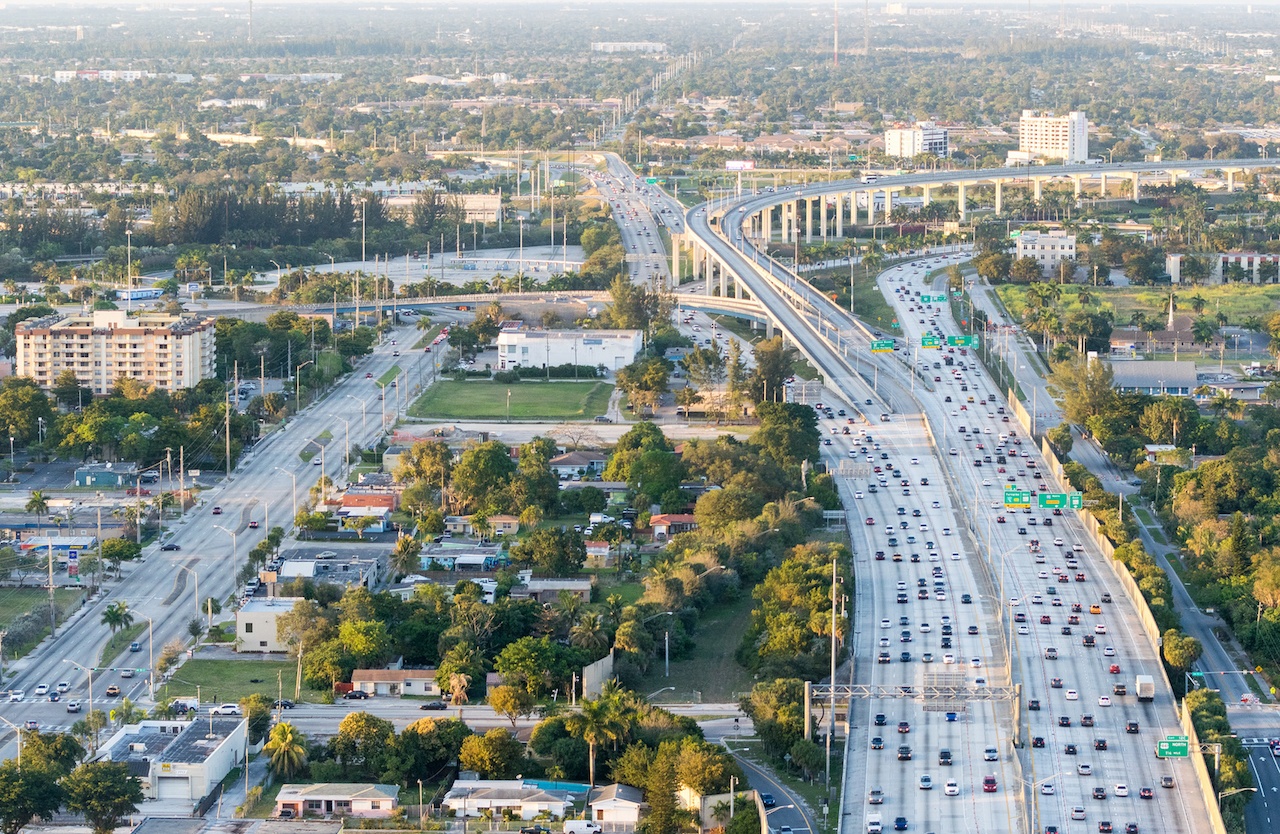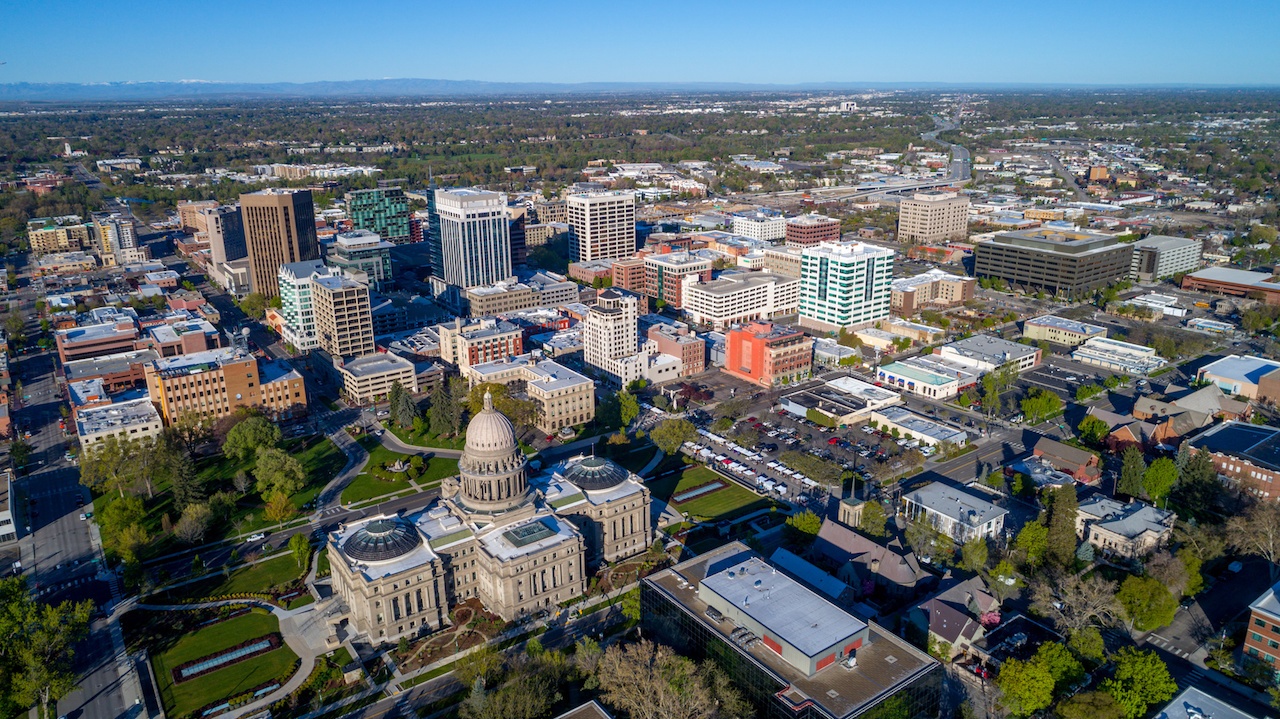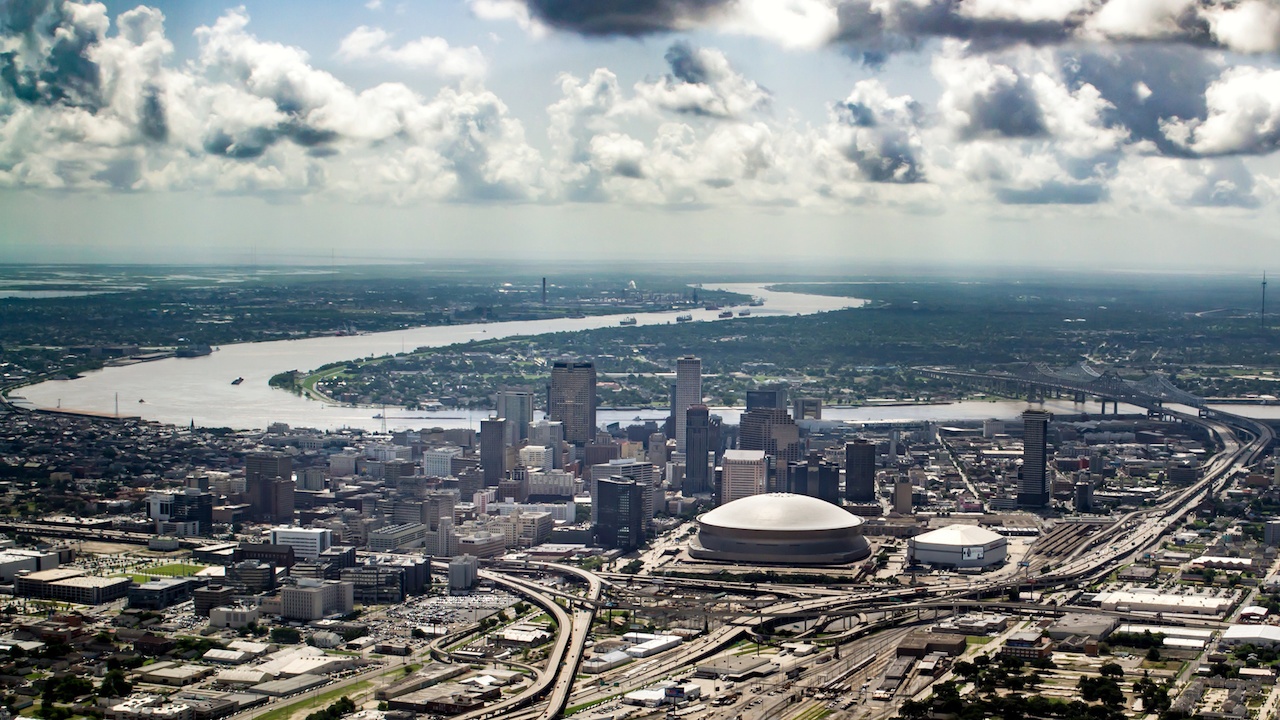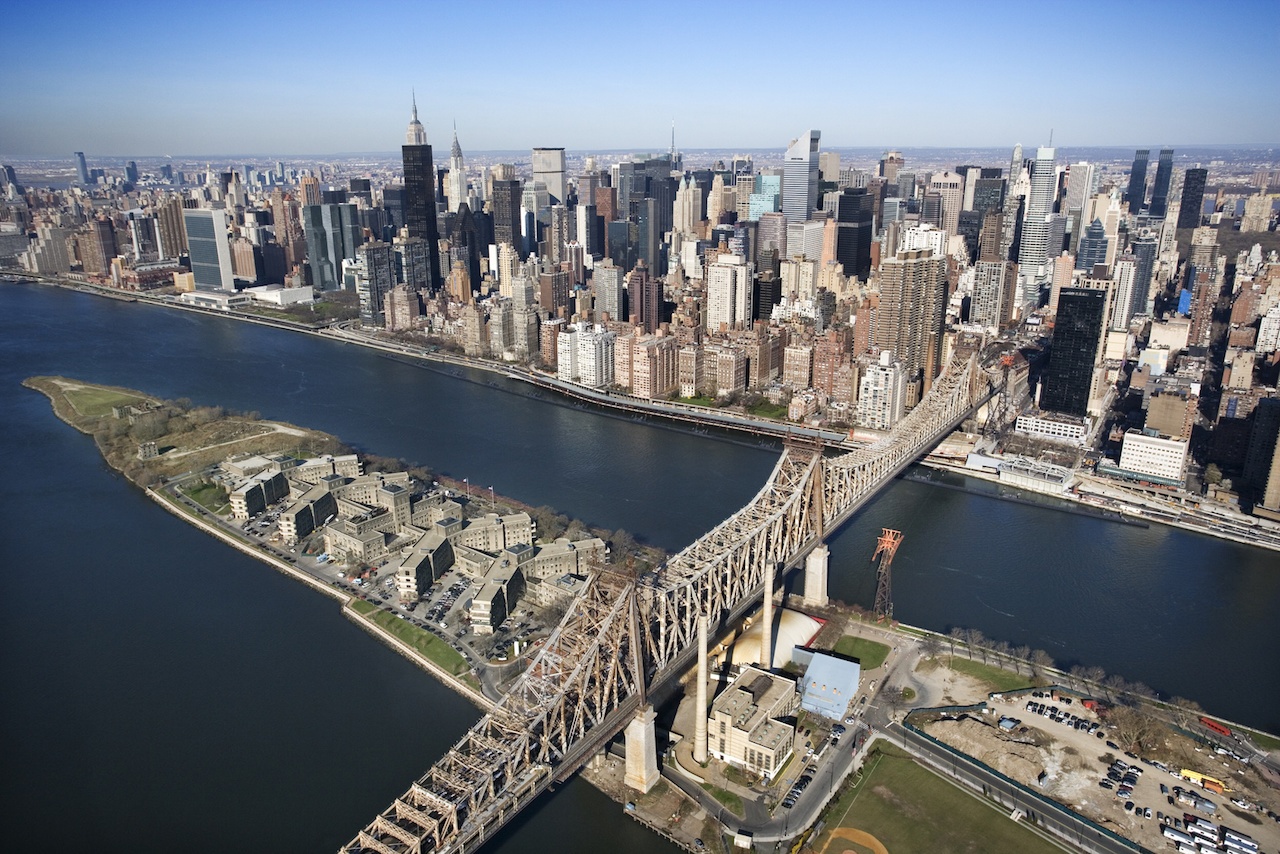Smart Cities
Revitalize the City, Invigorate the Region
Enter the city of Cleveland, Fairfax Renaissance Development Corp., Cleveland Metropolitan Housing Authority and PNC Bank. Together, we have mapped a plan to revitalize the Fairfax neighborhood.
Where Transportation and Energy Meet and How it is Changing Cities
Comparing chargers to gas pumps is no longer appropriate (or accurate); chargers are not just “power faucets,” they can have significant information processing and analysis capabilities and have multiple high-level connectivity options to various entities. Clearly, the charger talks to the EV (mostly over power line communications, PLC), but at home, for example, the charger can talk to the Smart Home Energy Management System (EMS) that views the EV as an additional smart appliance (albeit one that can double a family’s energy bill). In fact, we have created a “modular brain” (a HW module with embedded SW) that transforms the “dumb” charger to a smart and connected one.
The Smart City Starter Set
As with AMI and smart lighting, the core benefit is efficiency, in this case in the form of reduced energy and water consumption. If the building design is extended to include technologies such as roof-top energy generation and water recycling, then it is increasingly possible to create, at reasonable cost, zero net impact buildings. Smart buildings may also incorporate green roofs, both to help manage temperature and heat island effects, and also to delay storm water run-off.
The New Data-Centric Approach to Improving Urban Air Quality
Today, continued advances in low-cost sensors and the Internet of Things have enabled the next-generation of air quality monitoring that can provide decision makers and communities with accurate, high resolution data at costs orders of magnitude lower than traditional monitoring stations. Cloud-based platforms and machine learning can ensure these low-cost solutions are increasingly accurate and remain calibrated. Further, these new solutions are often designed for minimal maintenance to ensure they remain feasible for city budgets (or other operators) over the long term.
Regional Sustainability at the District Level
At the recent Global Cities Team Challenge Expo, Acquanetta Warren, the Mayor of Fontana California, expressed that ‘Technology makes government more accessible.’ Similar to cities, however, district-level organizations face constant challenges associated with financial and human resource constraints. In an environment of competing priorities and limited resources, strategies that depend on upfront investment and long-term returns are difficult to adopt at any level of governance.
Sustainability programs often require such long-term visions and upfront investment. In order for smart districts to become sustainable districts, it is imperative to develop strategies that leverage administrative frameworks, external resources, and novel technologies to minimize costs and facilitate continuous progress.
Business Improvement Area 2.0: Place-Based Industrial Strategy
Business Improvement Areas (BIAs) empower local business people, commercial property owners, and professionals in a specific geographic area to collaborate with the support of a local municipality in organizing, financing, and carrying out physical improvements and marketing of their districts. The key to its resilience over the years was the innovation of ‘compulsory BIA membership and levy payments’ which overcame the perennial free-rider problem intrinsic to voluntary business associations of the past. It is generally acknowledged that the BIA model, through this ability to harness business funds and reinvest them directly back into the local business area, has been a success internationally, in terms of enhanced economic, social, and community development outcomes.
Speeding up Technology Use for Setting Equitable Speed Limits
A crescendo of calls from transport safety bodies are demanding the repeal of a widely used, but arguably outdated method for setting speed limits.
The Onramp to the Internet is Broken, But Cities Can Fix It
The most glaring flaw in the design of the current ISP model is that it directly contradicts the design and implementation of the internet. The internet is a platform that is open to innovation and competition, and thereby moves control to the customer. Our onramp to the internet, the ISP, is a closed platform that takes control from the customer.
The internet moves power to the consumer and provides a wealth of choices. ISPs control power by controlling infrastructure and, therefore, they constrict choice.
We Need to Manage Flood Risk
Now is a good time to rethink the way we manage flood risk. Or more accurately, perhaps now it is time to actually manage flood risk.
It’s not a novel concept. Many corporations today consider active risk management an asset and a central part of the strategic management of their organization. Corporations have a Risk Manager who reports directly to the CEO. Risk Managers identify, analyze, assess, control, avoid, minimize, or eliminate unacceptable risks. In doing so, they actively manage their portfolio of risk by using risk avoidance, risk retention, risk transfer, or a combination of these strategies. Most large government agencies also have a Risk Manager who routinely negotiates insurance contracts and works department heads to develop risk reduction strategies.
What Would I do With an Earth Scientist?
For too long, science – even Earth science – has been dominated by theoretical work, measured progress in publications aimed at a small number of peers, and assumed a “loading dock” approach (just do the science, and someone will pick it up and use it). Arguably, this has contributed to the disconnect between Earth scientists and communities and maybe even to skepticism about some Earth science findings. It is, unfortunately, not a truth universally acknowledged that communities seek science, let alone Earth science. This is bad for Earth science, bad for the communities, and bad for the planet.
Neighborhood Knowledge Supports Resilient Communities
Long Island City is a New York City neighborhood on the rise, literally. There is more real estate being built in Long Island City (LIC) than any other neighborhood in the country right now, on a square foot basis. Many local factors drive this growth. To understand these local factors and the impact that this development will have on the neighborhood going forward, the LIC community needed a way to collect and analyze local data from a range of different sources. The Long Island City Partnership, a local development corporation that manages the LIC Business Improvement District, collects and analyzes data related to neighborhood conditions and real estate development. The members of the LIC Partnership know everything there is to know about the area, what makes it perform its best and how to improve the neighborhood.
Autonomous Vehicles Coming to San Jose
As AV technology is developing at an accelerated pace, so has the understanding of how this technology can be applied and the business models that will encourage its adoption. Data and testing have shown that AVs will make the road safer for its citizens, improve traffic congestion, and create efficient ways of moving people from place to place. The data from the pilot will create an opportunity to learn about traffic behaviors and bring insight to how these technologies and service models can be deployed more broadly.

